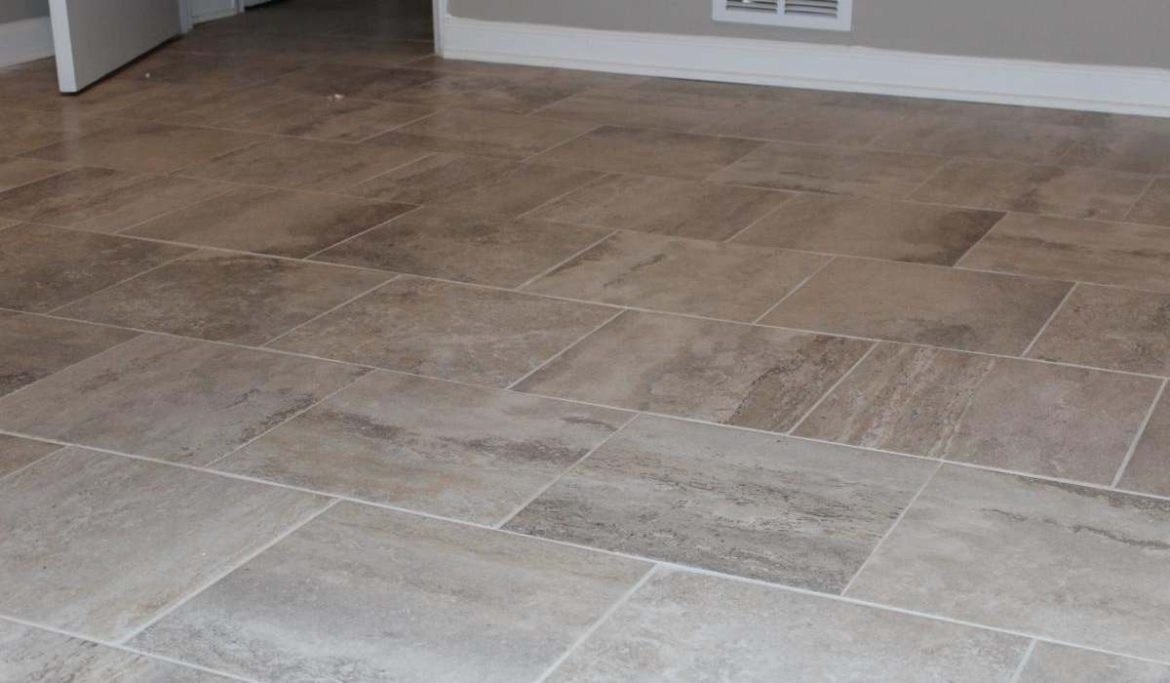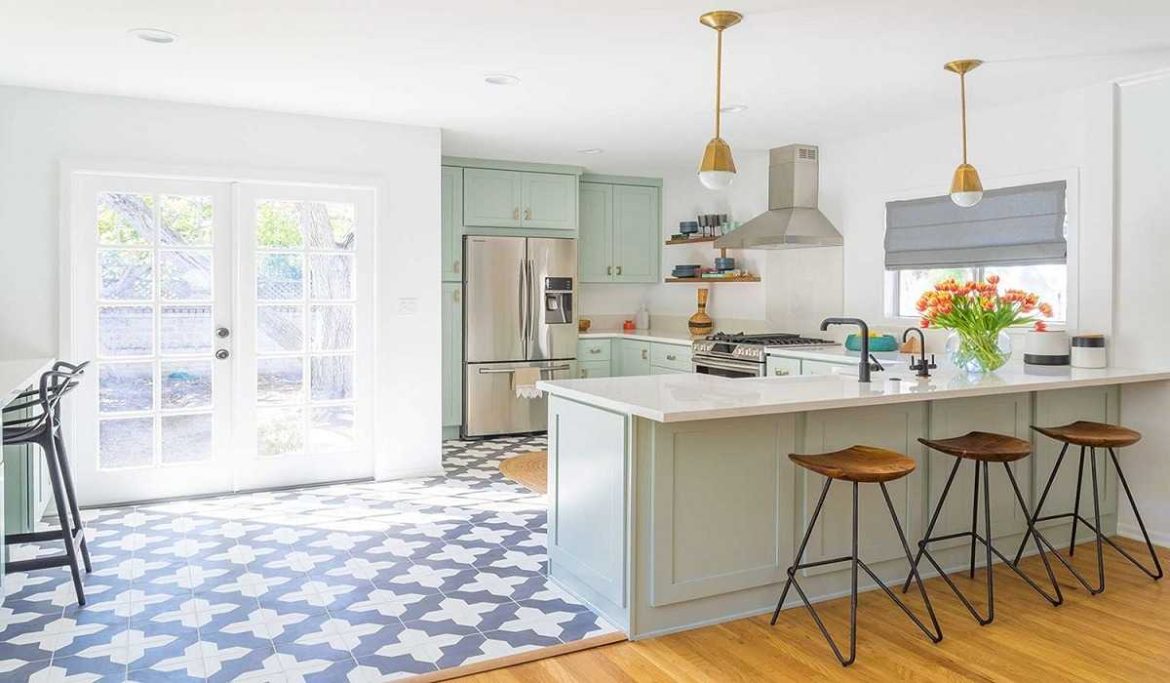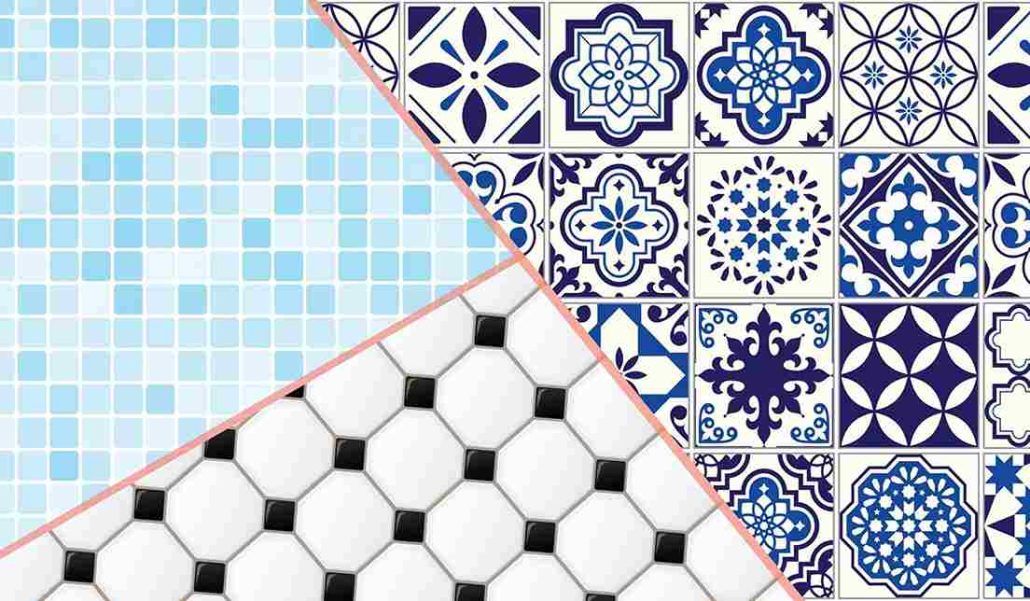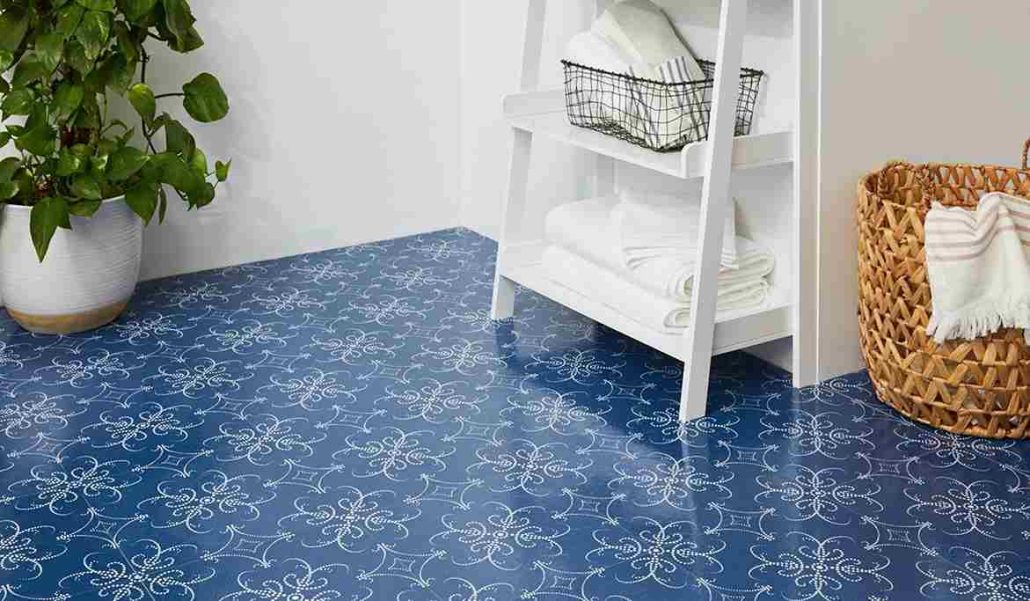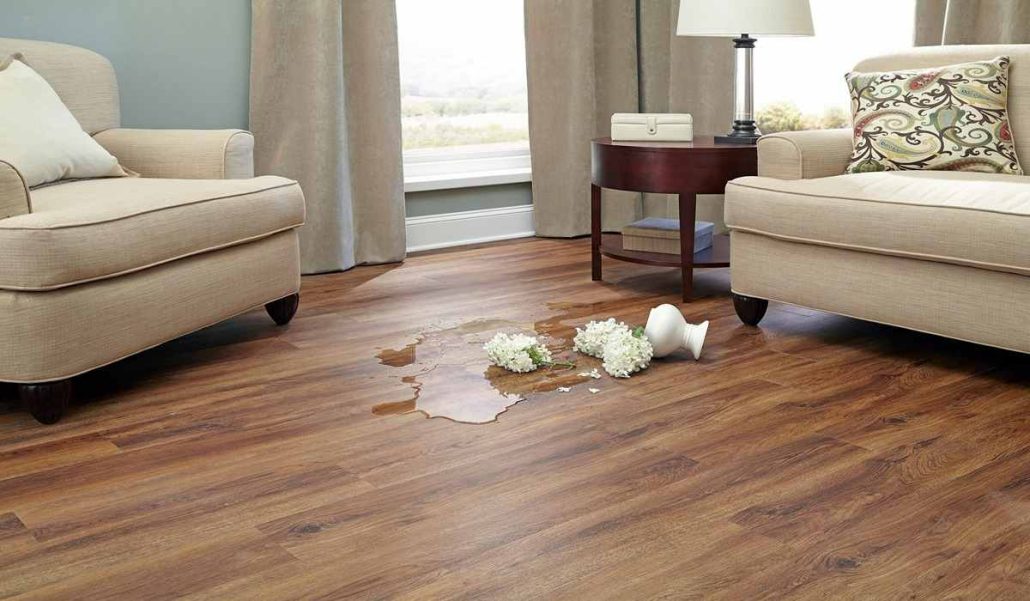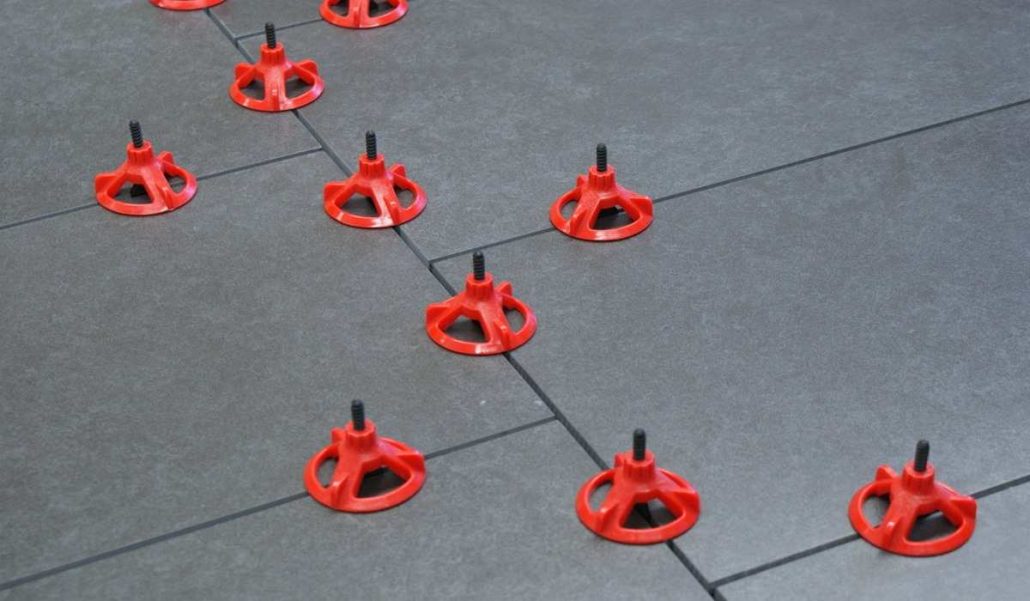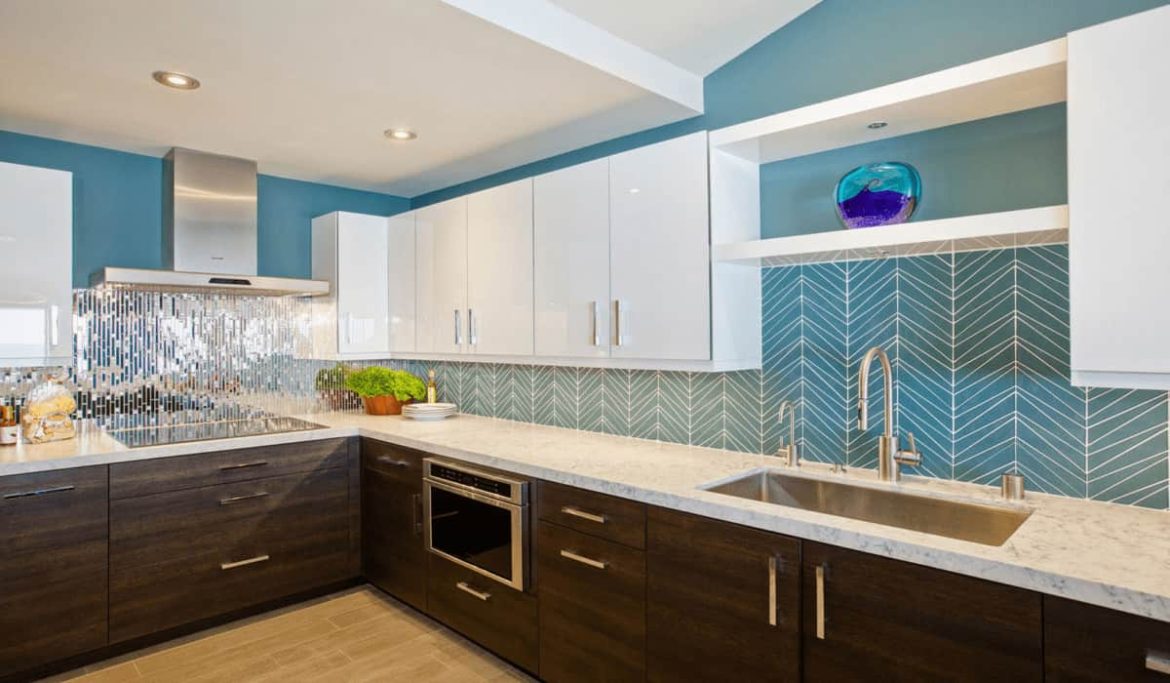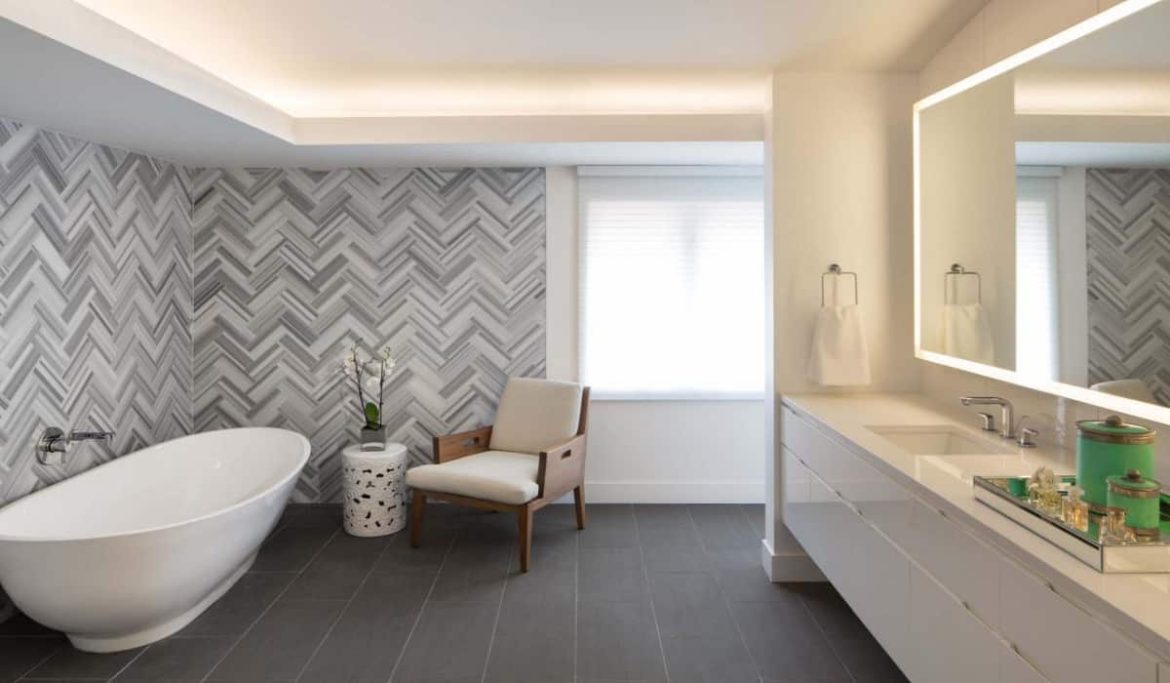Buy Roof Ceramic Tiles Benefits + Great Price
Any roof can benefit from ceramic tile shingles’ elegance and grace
They are ideal for those looking for an external style that stands out while being tough
Ceramic roof tiles are meant to survive and perform incredibly well, so you can rest easy knowing your ideal home is made to withstand water, wind, and high heat
Clay tiles and ceramic tiles can sometimes be used interchangeably
This is because ceramic tile shingles are clay tiles that have been custom-molded into various shapes and sizes using milled clay, water, and sand as additives
The shingles are meticulously dried after being removed from the molds, and then they are burned at a high temperature to ensure durability and fire resistance
As a result, the well-known terracotta clay tile with its earthy-brown and red tones is produced
Terracotta clay tiles that are unglazed have distinctive natural tones but are also quite porous and can eventually develop mold or water stains
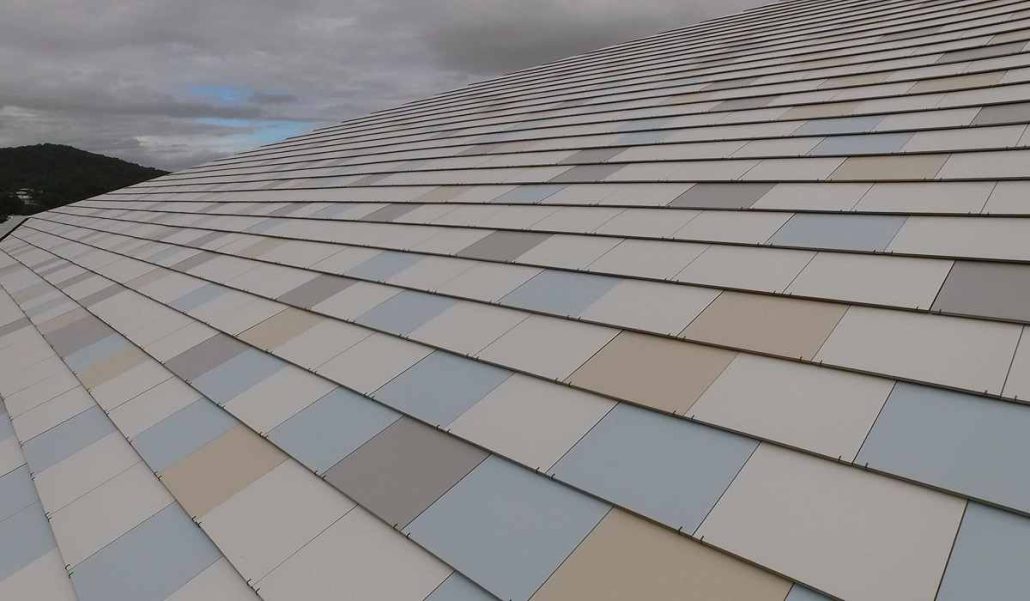
To preserve them from the elements, natural clay tiles must either be sealed or covered in glazing
Through a second burning in the kiln, the clay tile is coated with a surface finish that resembles glass as part of the glazing process
Before the second firing, dyes can be incorporated into the glaze to create a waterproof and stainproof ceramic tile in the color of your choice
This article will discuss the benefits and drawbacks of glazed ceramic tile roofing
In addition to leaving a stunning first impression on your neighbors, this strong and distinctive roof material will increase the value and appeal of your house over the course of many years
These mosaic tiles, which have been used for hundreds of years in Spain, come together to form a magnificent pattern that will dazzle your neighborhood and contrast with the subdued appearance of the dark asphalt shingles
Both modern and conventional homes in the Southwestern or Spanish architectural styles can have ceramic tile roofs
They also appear lovely when included in finished homes with a Mediterranean design
Ceramic tiles are laid carefully to form downward water channels and are ideal for roofs with steeper slopes
Ceramic roofing is not suggested for roofs with a pitch lower than 4:12 Advantages The ceramic roofing material has a lot of advantages
Beautiful aesthetics Thanks to their seemingly unlimited color selection, ceramic tiles may be made to fit any shape or color scheme
They can act as a relaxing blue or forest-green backdrop or a statement-making splash of brilliant yellow
To create the sense of an older home, some homeowners combine copper or metal elements with roofs made of ceramic tiles in vibrant colors
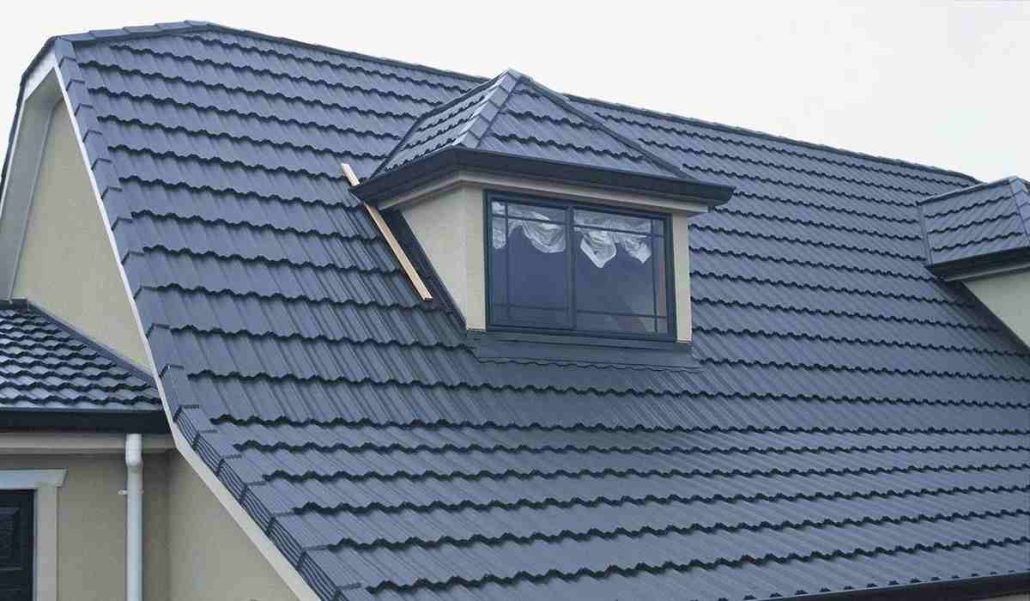
The ceramic tiles might have the typical Spanish villa-style roof’s curving shape, or they could lay flat to simulate a slate roof
This roofing material lets you pick your preferred size, shape, and color
Additionally, ceramic tiles provide you the freedom to customize the look of your roof to match the style of your own home
superior durability and strength Ceramic tiles have exceptional endurance against the weather and are fire resistant because of the kiln-firing process and exposure to high temperatures
If you maintain your ceramic roof according to the suggested schedule, you can typically count on it to last at least 50 years
Some are known to live for 100 years or more
superior efficiency The ceramic tile design and the material’s nature permit free air passage beneath the shingles
Because of the insulation that is already present, your roof will be able to keep your area cooler in the summer and warmer in the winter
A ceramic roof may enable you to reduce your long-term energy bills significantly
Eco-friendly Alternative Numerous types of ceramic tile are created from recyclable, natural resources without the use of chemical preservatives
Ceramic roof tiles help to circulate clean air throughout your home and may even lessen household allergens because they do not attract dust or dust mites
If you or someone in your home has allergies, you might want to think about the advantages of ceramic roofing
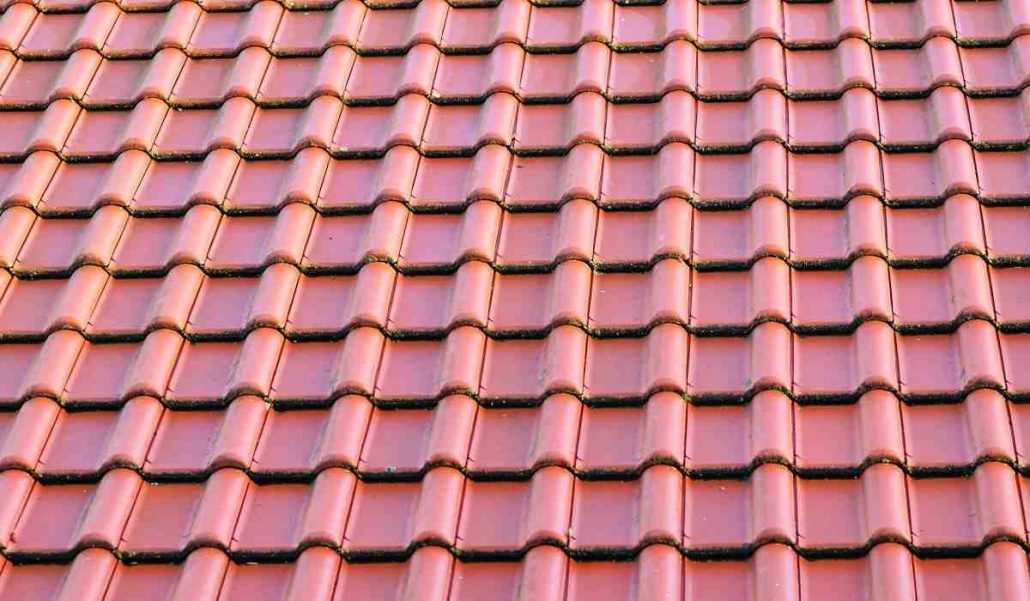
Disadvantages: Although ceramic roofs provide many advantages, there are also some disadvantages to take into account
Complex Installation: To allow for proper runoff and irrigation, ceramic tiles must be very carefully arranged in a scaled configuration
The at-home construction crew cannot complete this project on their own
To finish your roofing project, you’ll need a qualified expert with ceramic shingle installation knowledge
The right underlayment must be chosen, the roof must be accurately measured so that enough supplies can be purchased, and the layout must be understood precisely to avoid damage or future leaks
Possibility of a Break As long as they are securely fastened to your roof, ceramic tiles are made to withstand the elements
To conserve each unique ceramic piece, however, the tiles must be transported and installed with the utmost care
The likelihood of the tiles breaking when stomped on by an adult human is lower than their likelihood of withstanding hail the size of a golf ball
Damage to these delicate tiles will increase the cost of replacement
Large Weight Ceramic tiles weigh a lot more than a typical asphalt shingle roof does
Although they are sturdy, they weigh more than ordinary materials
In order to support the large weight, it could be necessary to construct additional support underneath the underlayment, which raises the overall cost
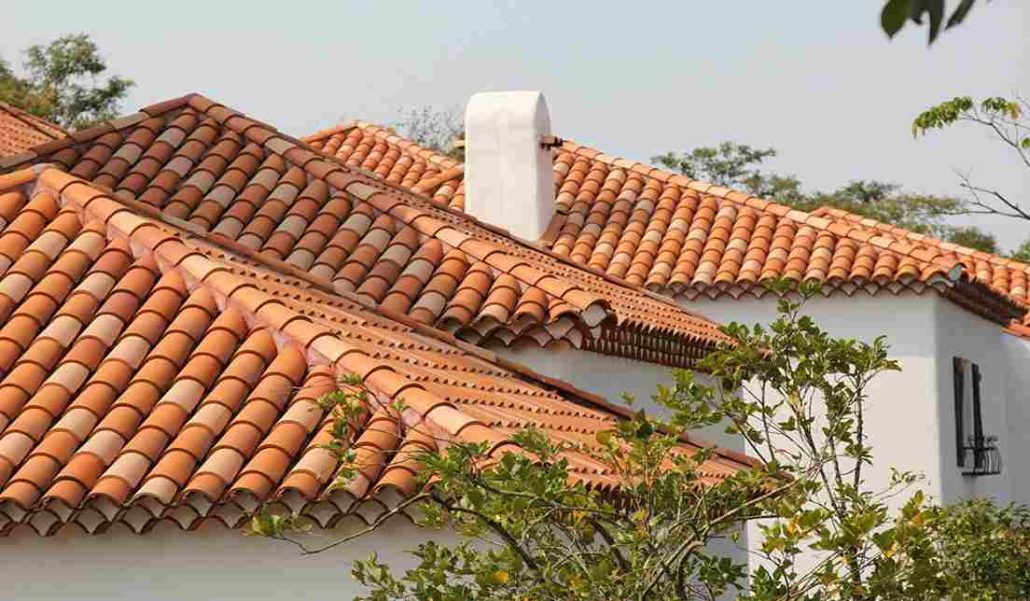
Essential Maintenance Ceramic tile needs to be maintained on a regular basis, so ask your roofer for suggested maintenance plans
In particular, a qualified professional may need to evaluate the underlying material every eight to twenty years and maybe replace it
If required maintenance is not carried out, costly damage repairs may subsequently result
Climate: Ceramic tile might be appropriate for a variety of climates because it can withstand extreme weather conditions
Earthen clay is the best material for coastal areas since it resists corrosion from the salty air
Although they are frequently found in warm Southern climes, these materials have been strengthened over time to resist ever colder climates
Unglazed clay tiles may not be the best choice for extremely humid locations, it should be noted
The clay might be more prone to water absorption without the barrier provided by the bonded glass elements, which could result in problems with mold or moss
Sealing your tiles with a powerful sealant and keeping up with routine maintenance inspections is advisable
Cost: The initial cost of supplies and installation for ceramic tile roofing is high
For 100 square feet of roof installation, you may anticipate paying between $1,000 and $1,800 per square
Some ceramic tiles that are less popular might cost up to $3,000 per square installed
This estimate will be strongly influenced by the slope, pitch, and size of your roof, the cost of local contractors, and the details of each tile
